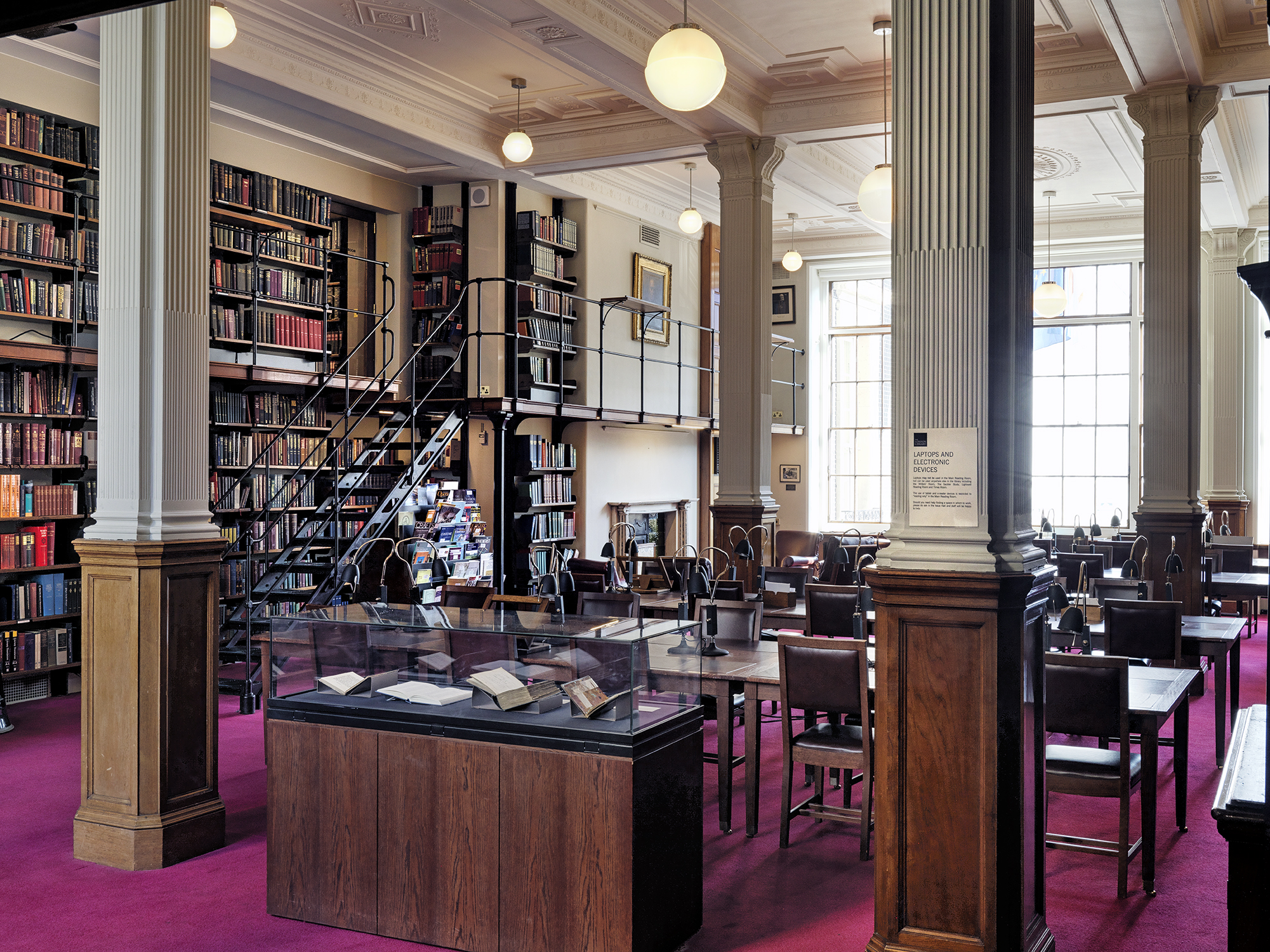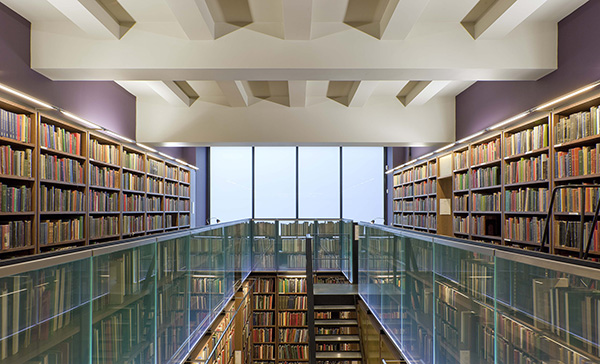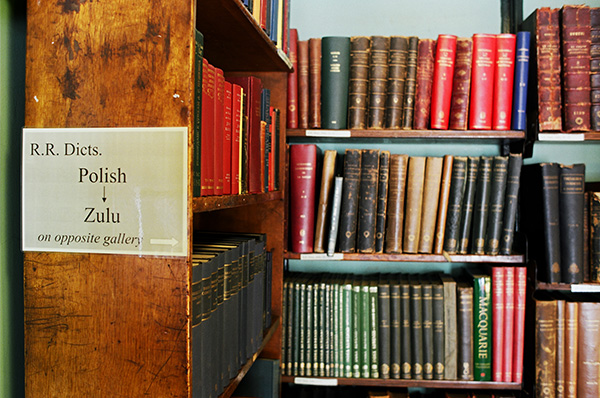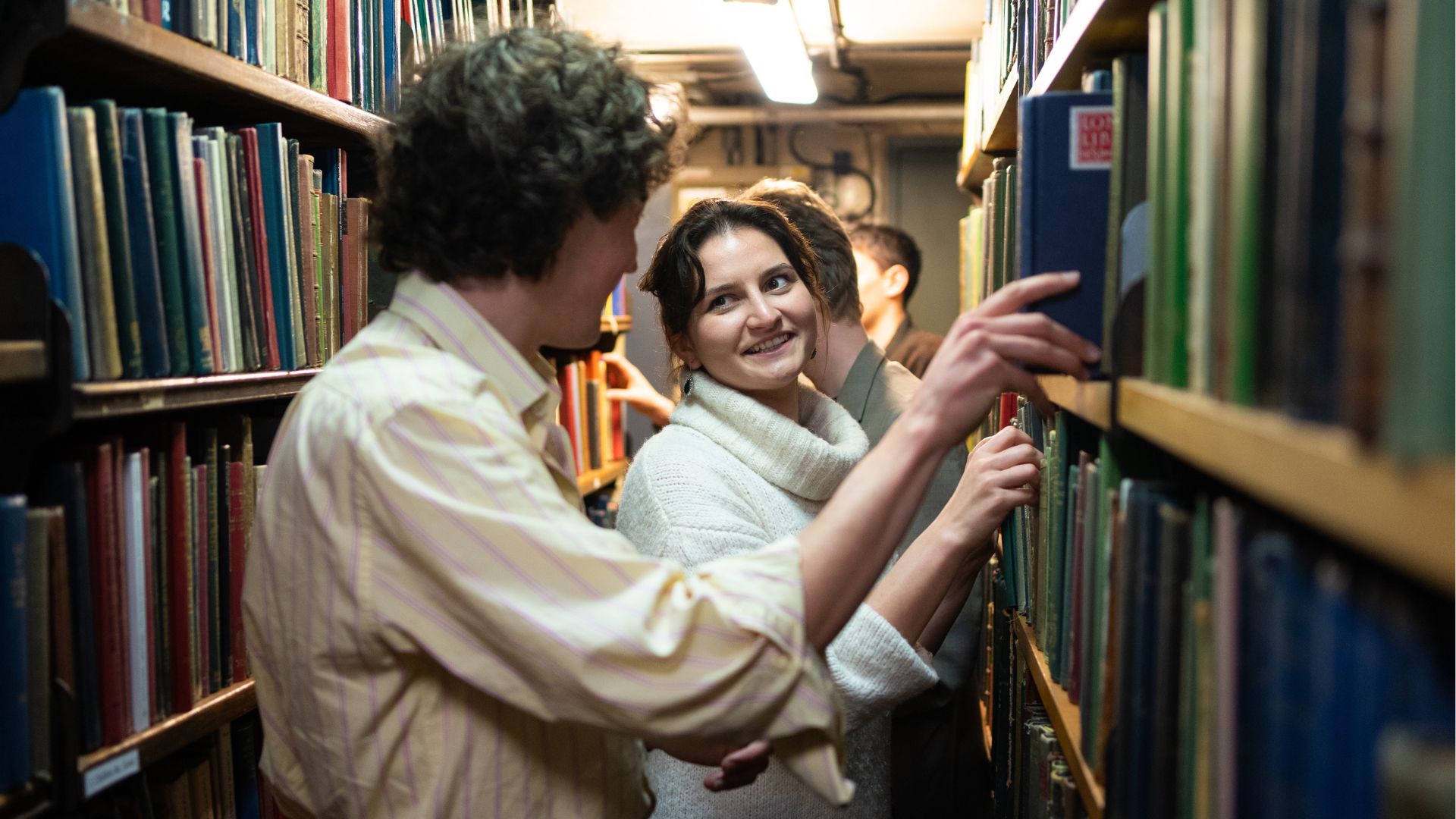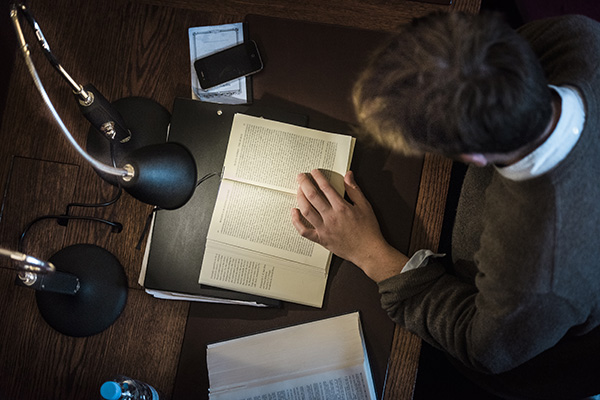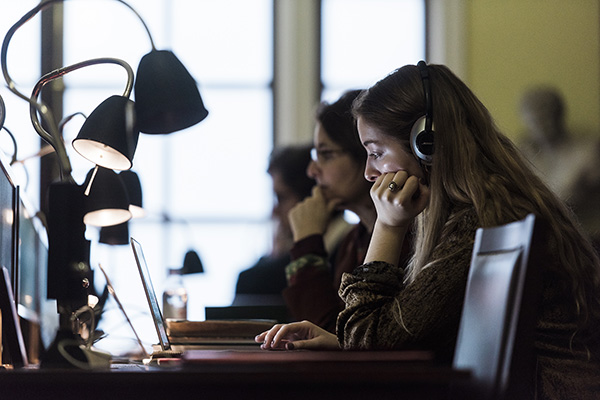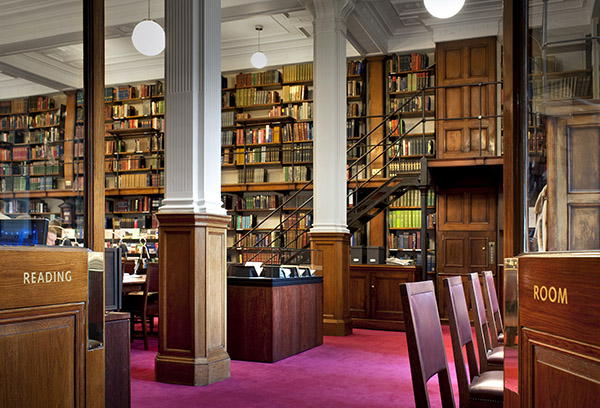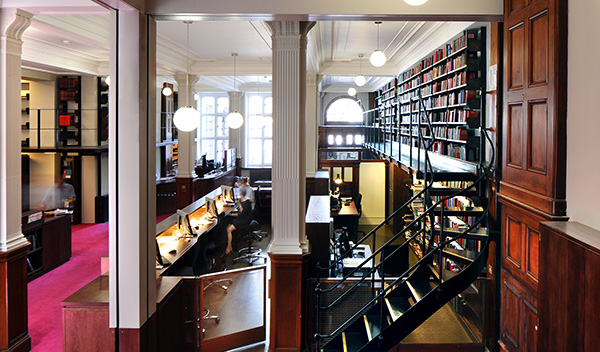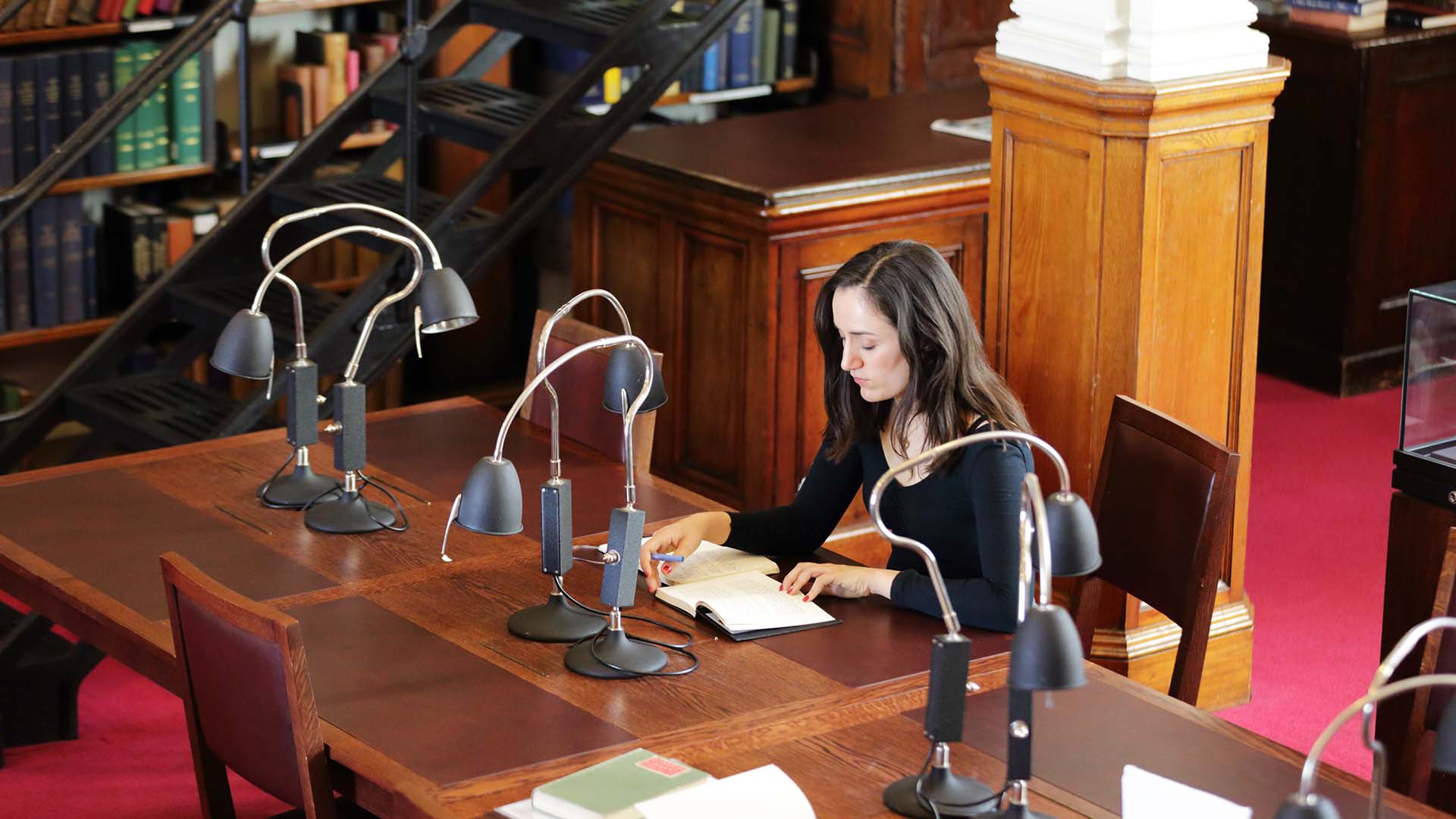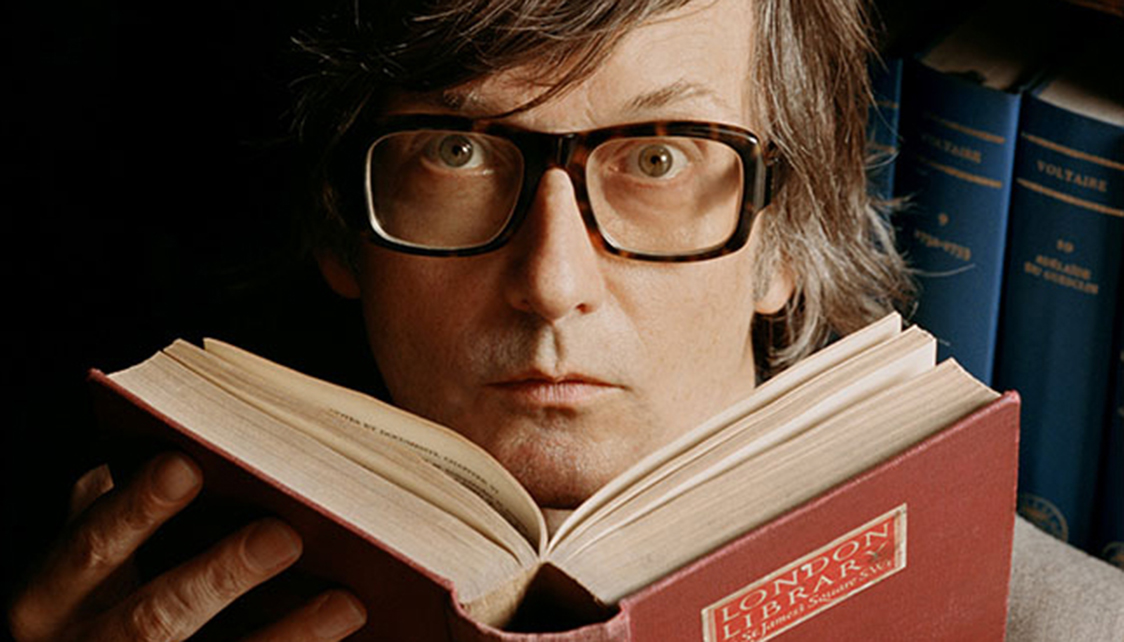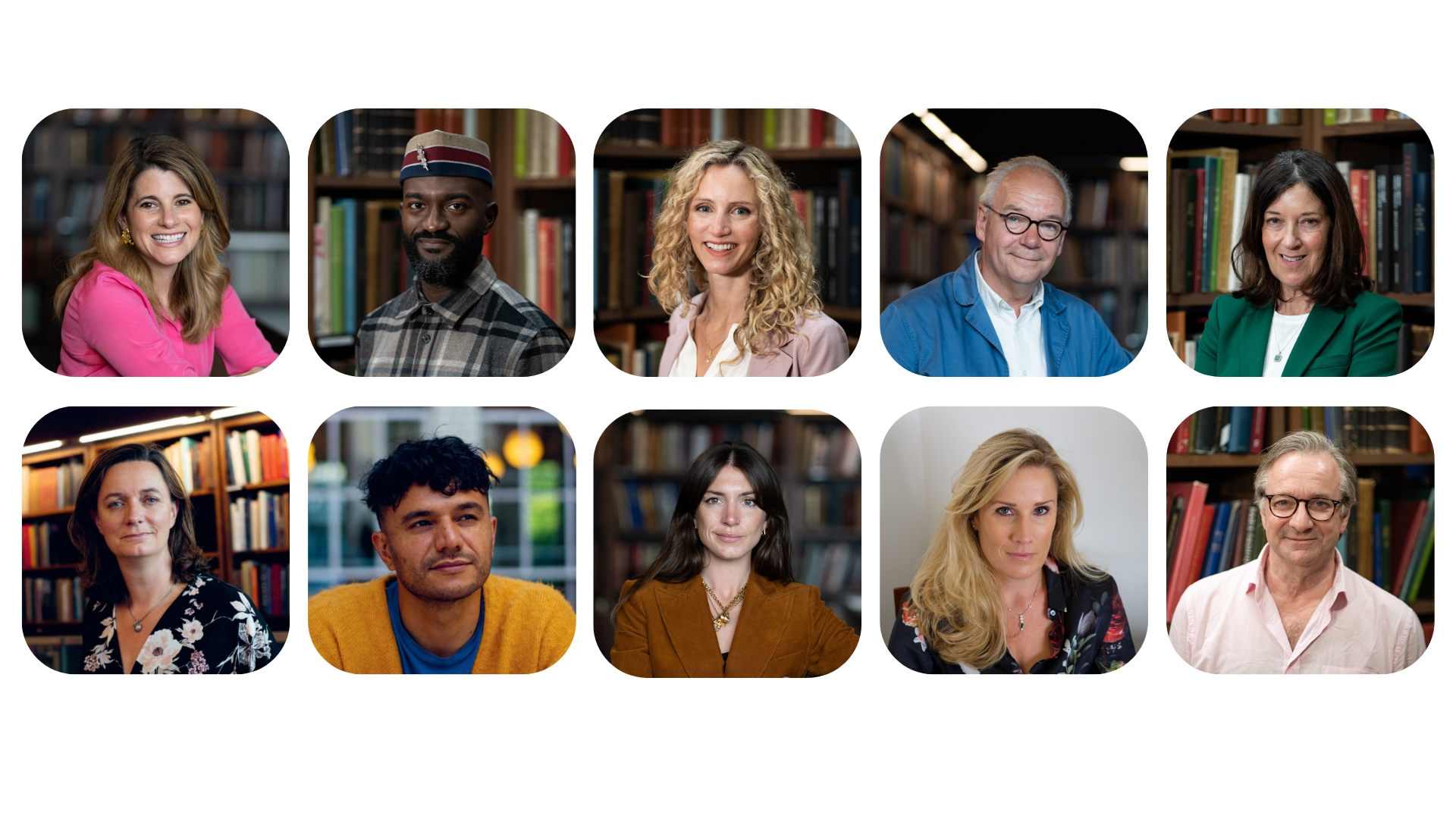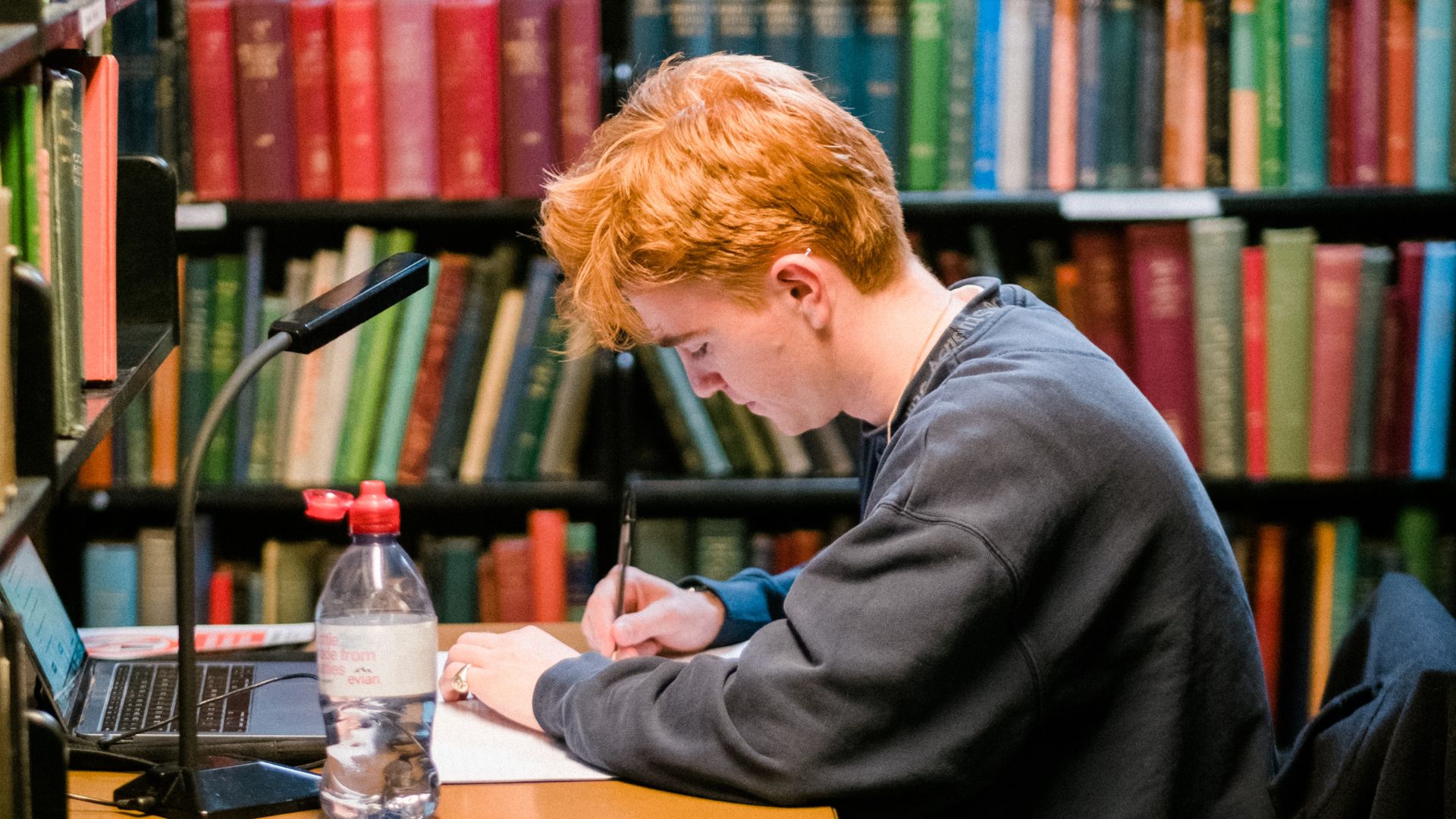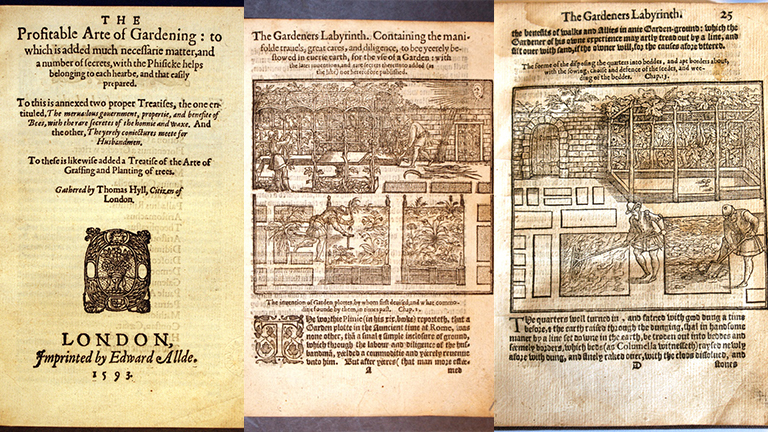
London’s parks, squares and gardens have played an important role over the last few weeks. It seems timely to remember and celebrate Thomas Hill, the Londoner responsible for the first popular gardening books printed in the English language.
Born around 1528, Hill appears to have been more of a literary entrepreneur than a true scholar. He himself confessed to have been ‘rudely taughte’ but he evidently knew enough Italian and Latin to select and translate the works of many classical authors. These translations formed the basis of Hill’s work and while some have accused him of not contributing new knowledge to the subjects he wrote on he did at least have enough of an understanding of these disciplines to choose his sources carefully, the necessary skill to render them into clear English and sufficient honesty to acknowledge in his book those whose works he compiled. He was also shrewd enough to pick popular subjects that would prove commercial successes: physiognomy, astrology, medicine, mathematics, almanacs, conjuring tricks, practical jokes, natural and supernatural phenomena and, of course, gardening.
His A Briefe Treatyse of Gardening was first printed without date probably around 1558 and was enormously popular, running to nine editions. Later editions were published under a different title, which spoke of the book’s success, The Profitable Arte of Gardening. It had been augmented by three appendices: The Mervailous Government, Propertie, and Benefite of Bees, With the Rare Secretes of the Honnie and Wax, The Yerely Coniectures Meete for Husbandmen and a Treatise of the Arte of Graffing and Planting of Trees. The London Library edition was printed in the capital in 1593 by Edward Allde, who at the time had his premises ‘in the Fore Street without Cripplegate at the Golden Cup’.
Thomas Hill’s star was rising when his life was cut relatively short in 1574. His second gardening book, The Gardeners Labyrinth: Containing a Discourse of the Gardeners Life, in the Yearly Travels to be Bestowed on his Plot of Earth, for the Use of a Garden … was printed posthumously in 1577.
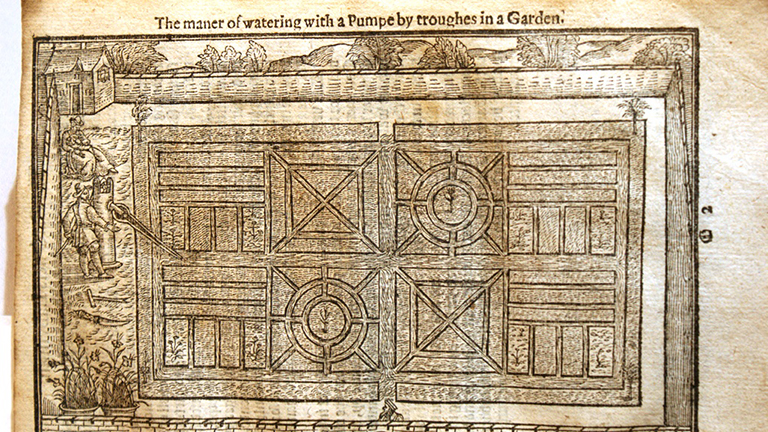
Hill’s book lists herbs and vegetables giving first the ‘ordering, care and secrets’ and then ‘the physicke helpes’ or medicinal properties of each: ‘… parcely thrown into fish-ponds doth revive and strengthen the sick fish’, melon seeds ‘eaten or drunk doe cause urine, and purge the lungs and kidneis’. He also offers tips for getting rid of pests such as moles, characterised as ‘a disquiet and grief to gardeners’.
This second work includes many woodcuts, unlike his first book, making it much more expensive to produce and therefore increasing its retail price considerably, which must be a sign of how much Hill’s popularity had grown even after his death. It appears that his status had risen so much that he had even outgrown his name: on the title page Thomas Hill has grown into Dydymus (Greek for Thomas and literally meaning ‘twin’) Mountaine, a rather ridiculous pseudonym that must have nevertheless sounded grand and impressive to a 16th century book buyer. It would be fascinating to know whether this was done in accordance with Hill’s wishes or whether it was the printer’s idea for attracting a wealthier clientele. Either because of or in spite of the ‘mountaine’ effect, or rather because of the quality of the text and charming depictions of Elizabethan gardens, Hill’s second gardening book proved an even greater success than the first one and was reprinted many times. The London Library copy is dated 1586 and is the work of John Wolfe who had his workshop in Distaff Lane, near St. Paul’s.
When Hill died he left many completed manuscripts behind that were never published as well as some unfinished projects. One of the latter was a translation of Swiss naturalist Conrad Gesner’s The Newe Jewell of Health: Wherein is Contayned the Most Excellent Secretes of Phisicke and Philosophie. The translation was completed by his friend, the surgeon George Baker, and The London Library holds a copy of the beautifully illustrated first edition printed by Henrie Denham at the sign of the Star in Paternoster Row in 1576.
Read more: Making ‘Mountaines’ out of molehills – 16th century gardening books at The London Library
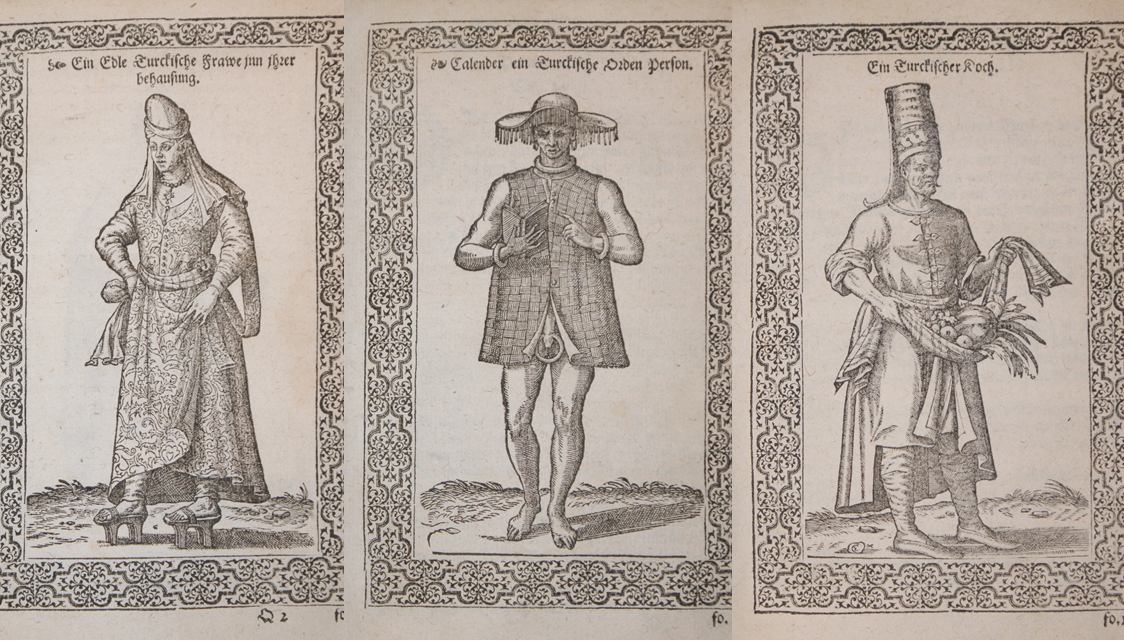
Holiday season looks a bit different this year but we head to exotic climes to explore three important, first-hand tales of travel from the 16th century housed in the Library.
Three books at The London Library are proof that voyage narratives were a very popular genre as early as the 16th century. At a time when there was still so much left to discover and ‘tame’ it is hardly surprising that many Europeans jumped at the chance to travel far and wide in search of territories to survey, shrines to visit and ‘heathens’ to save. Many more literate Europeans could then share in their adventures by reading their accounts and gazing in wonder at depictions of exotic lands and peoples.
The first of these three books is Vier Bucher von der Raisz und Shiffart in die Turckey (Four books on the travel and navigation in Turkey) by Nicolas de Nicolay, printed in Antwerp in 1577. Nicolay was a French mercenary, diplomat, royal cartographer, artist and, according to some, spy who travelled to Turkey as part of the French embassy to the court of Süleyman the Magnificent in 1551. He was tasked with surveying the lands he visited but his book is remarkable for containing over 60 woodcuts of men and women he encountered (images shown above). These include striking images of a Turkish noblewoman perched on platform footwear perhaps to keep her magnificent gown away from the dirty ground or maybe as a symbol of her elevated social status. Others depict a member of a religious sect wearing a chastity ring (this image is often mutilated in surviving copies of this work), a cook in a wonderful chef’s hat carrying exotic fruits and vegetables and a very sober and respectable-looking Arab merchant. The French original, first published in Lyon in 1568, was translated into five languages and Shakespeare scholars believe the English edition, which was based on this Antwerp version, was a source for the Merchant of Venice.
In Il devotissimo viaggio di Gerusalemme we read about the pilgrimage to the Holy Land in 1586 by Errol Flynn lookalike, Jean Zuallart, a traveller from the Low Countries, who was also an historian, voyager, judge, knight of the Order of the Holy Sepulchre and self-taught artist. His book was printed in Rome in 1587 and its romantic landscapes with towers, domes, minarets and palm trees nestling in sun-scorched sand dunes became the template that many other artists imitated. Zuallart’s drawings were not only beautifully evocative. Architectural historians today still refer to them for their detail and accuracy. The work was very well received and during its author’s lifetime it was translated into French and German.
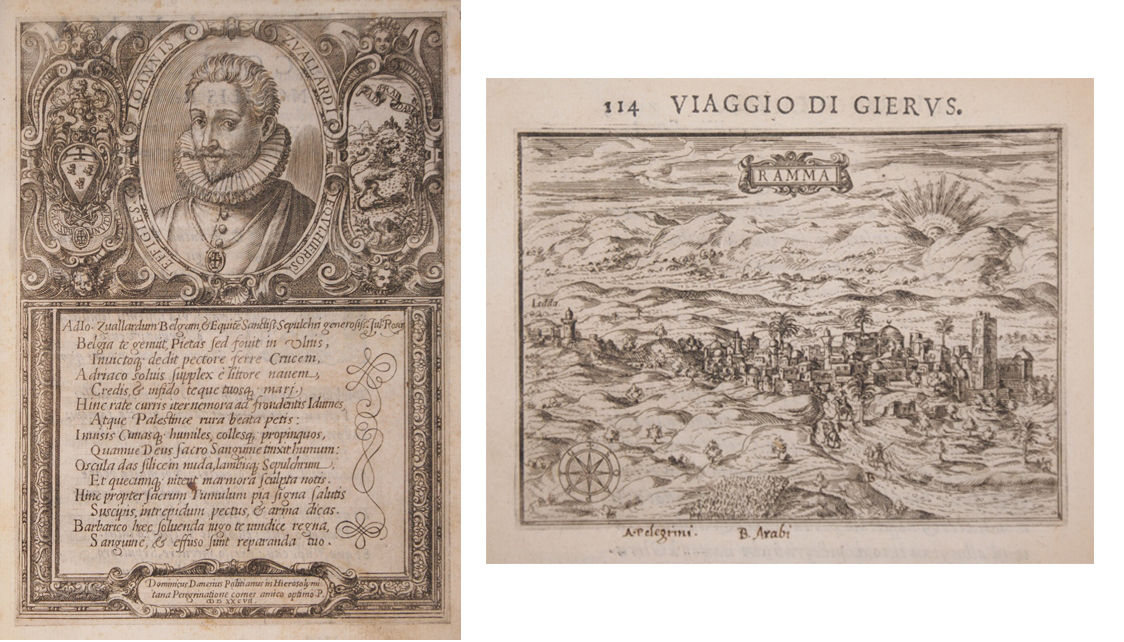
By the 16th century travel was no longer restricted to the Old World. Our final book, Histoire d’un voyage fait en la terre du Bresil, autrement dite Amerique, tells the story of an ill-fated mission to the New World by the French Calvinist pastor Jean de Léry. After a theological dispute soon after reaching their destination a few of the more orthodox missionaries, with Léry among, them leave the mission and spend over a year living with the cannibal Tupí tribe while waiting for a ship in which to return to Europe. The experience becomes a journey of self-discovery for Léry whose religious beliefs and European ideas of civilization are tested. While he never fully understands or condones all of the Tupí customs he does grow to admire and respect their beauty, self-reliance and honesty. Léry returned to France after a gruelling voyage during which all supplies where exhausted and the men on board were reduced to eating the parrots and monkeys they had intended to bring back as living mementoes (the parrots were to serve as recordings of the Tupí language) as well as every scrap of leather on the ship.
Léry describes and portrays the flora and fauna of Brazil as well the physical beauty of the Tupí people. While he continues to refer to his hosts as ‘savages’, which is only to be expected from a 16th century European traveller, he does remark upon the humanity and compassion he witnesses during a Tupí funeral. Needless to say, Léry and his companions failed to convert the Tupí. The manuscript recounting his fascinating story of failure was lost and Léry had to write his adventures again from memory. The narrative was finally printed in La Rochelle in 1578, over 20 years after the journey took place. The London Library copy, printed in Geneva in 1594, is a 3rd edition, ‘revised, corrected, and enlarged greatly’, complete with a printer’s note praising the work as well as several testimonials, proof of how well it was received.
Esuantsiwa Jane Goldsmith and Njambi McGrath, two of Jacaranda Books’ #TwentyIn2020 authors, discuss their astonishing new memoirs, tales of identity, courage, speaking up and speaking out.
Esuantsiwa Jane Goldsmith’s The Space Between Black and White is her unique, and inspiring story of self-discovery, from the isolation of growing up mixed race in a white, working-class family, through her journey into activism. Tackling inequality wherever it exists, she has established a significant legacy in the Women’s Liberation and Black Power movements, all the while piecing together her own identity and the mysteries of her heritage.
Njambi McGrath’s Through the Leopard's Gaze, is a captivating memoir chronicling her life as a young girl in Kenya, through to her emergence as an award winning stand up comedian in the UK. Exploring identity, trauma, as well as the history of Kenya itself, this is a remarkable story of survival, courage and a searingly honest examination of human cruelty and strength in equal measure.
The Library’s strategy to create space for growth of new stock moves to its next phase with the removal of foreign government publications, commencing in mid-August. The Library holds around 75 linear metres of both US and Indian government publications, but neither collection is by any means comprehensive, and the Library largely stopped collecting these around the 1950s. The British Library and the LSE have far more comprehensive collections, available for members of the public to access, and anyone using such material for research would be far better served at these libraries. Further information about the holdings of these collections is below. If you have any comments or feedback about the removal of foreign government publications, please do contact Matthew Brooke, Director of Collections and Library Services at This email address is being protected from spambots. You need JavaScript enabled to view it.
Indian government publications at the British Library
The India Office Library was transferred in 1982 to the British Library, where it was amalgamated with the British Museum's holdings, and the combined collection is described as "the most comprehensive set of Indian government publications possible". Originally received under colonial legal deposit, up to independence, it extends to 14 kilometres of shelves and comprises boxes of archival papers together with 70,000 volumes of official publications and 105,000 manuscript and printed maps. These are public records issued by four main sources: the East India Company (1600-1858), the Board of Control (1784-1858), the India Office (1858-1947), and the Burma Office (1937-1948), as well as a number of British agencies overseas.
This collection may be consulted in the Asian & African Studies Reading Room at St Pancras, although it should be noted that some series are stored offsite at Boston Spa with a minimum delivery time of 48 hours. This collection has not been catalogued online and has to be requested on manual tickets.
Indian government publications at LSE Library
LSE Library has an extensive collection of official publications from pre-1947 India and its provinces. While not as systematic and comprehensive as the India Office Library, there is a wealth of statistical, historical, legal and administrative material, including hundreds of pamphlets from political parties and campaigns. The LSE's collection is catalogued online and has the additional advantage of being stored on open access shelves and therefore available for browsing.
US government publications at the British Library
The British Library holds the most comprehensive collection of federal publications outside of North America. Full information can be found in the collection guide.
US government publications at LSE Library
The LSE has an exchange agreement with the United States, which ensures an extensive collection of federal publications. More information about their holdings can be found in their catalogue and on the website, including their collection policy.

